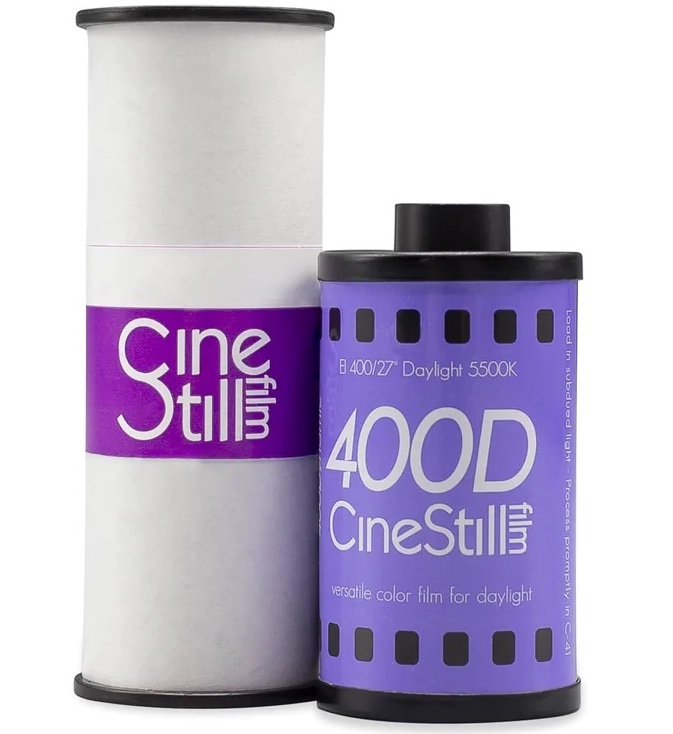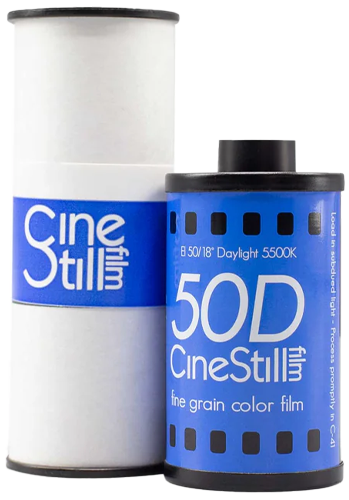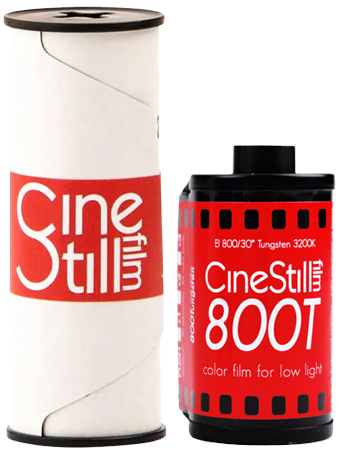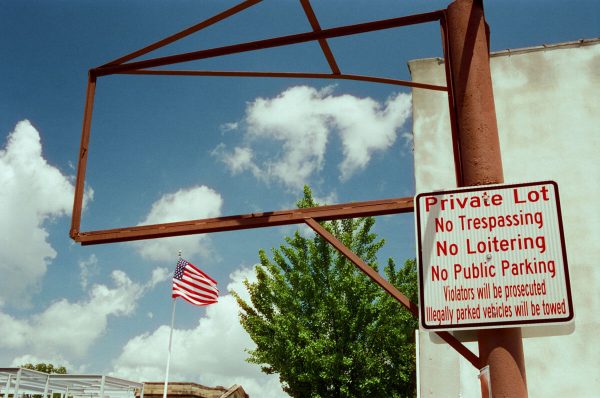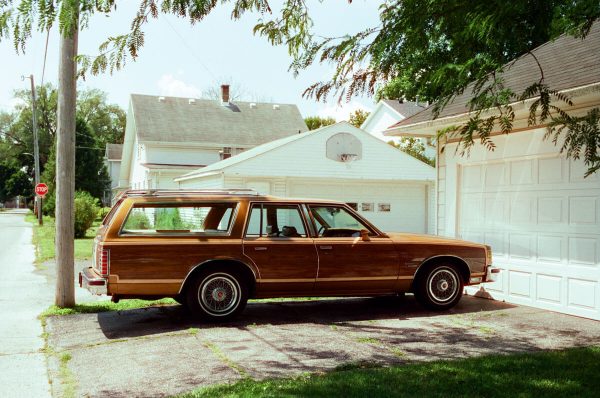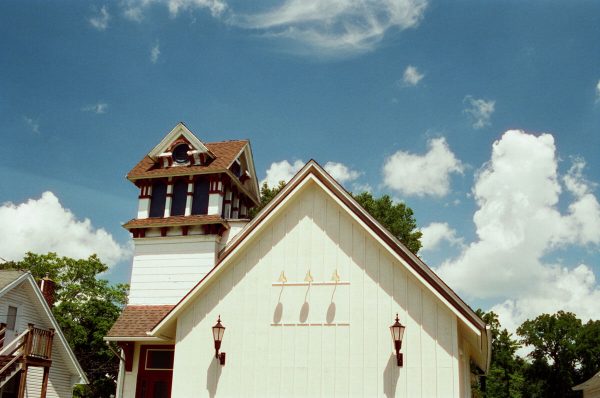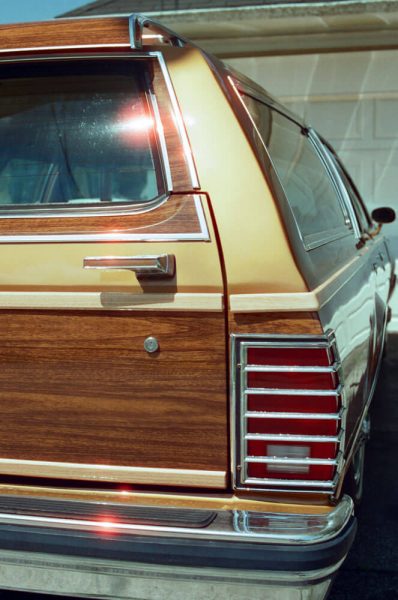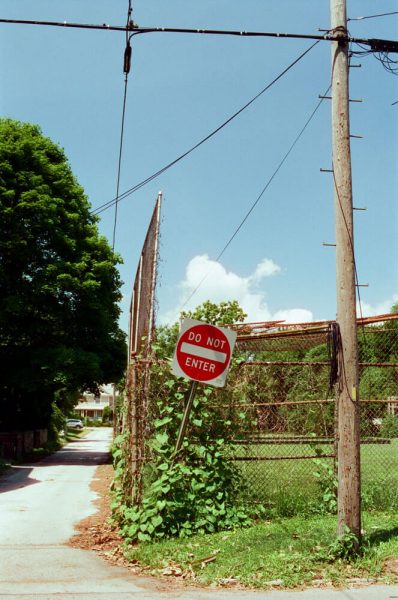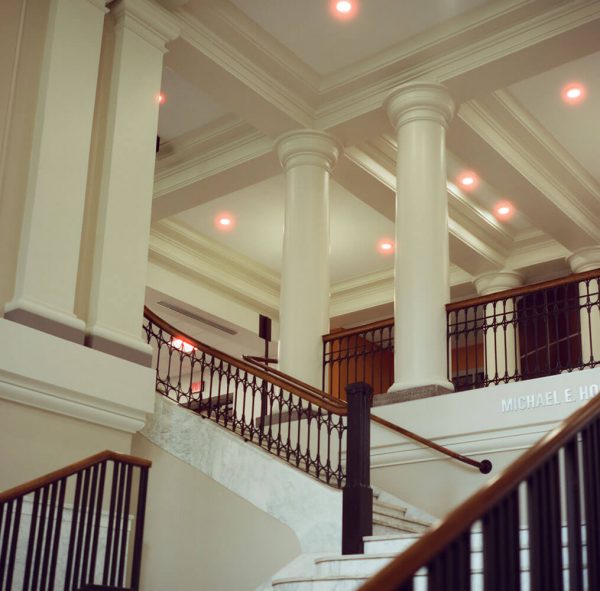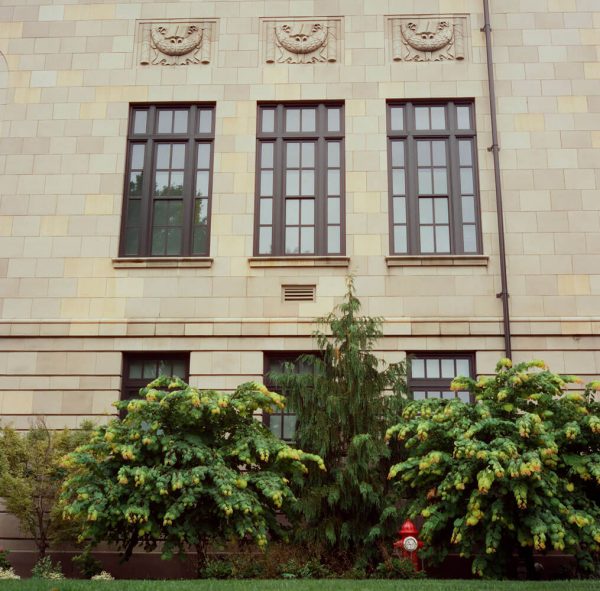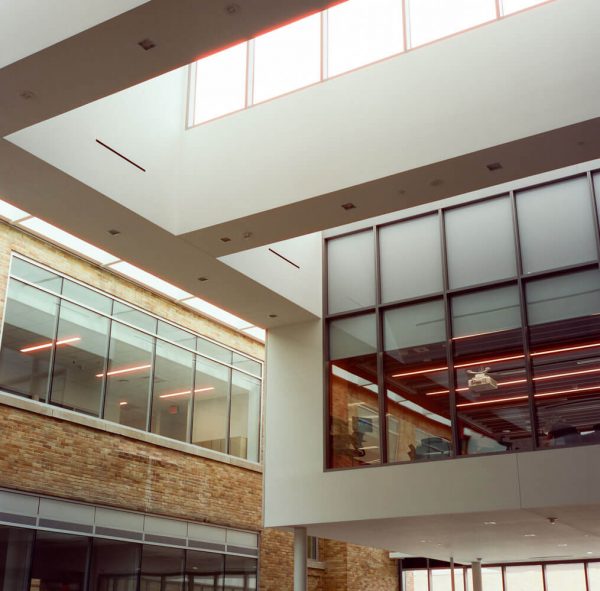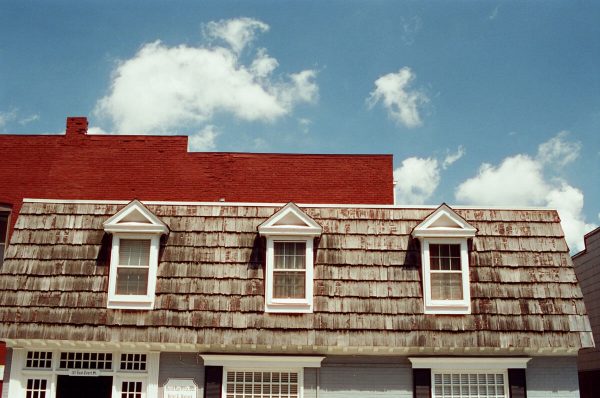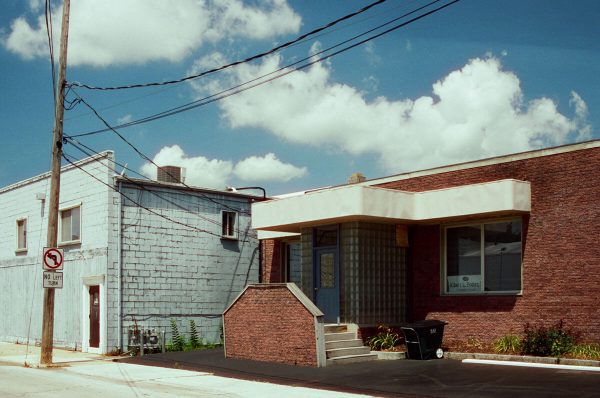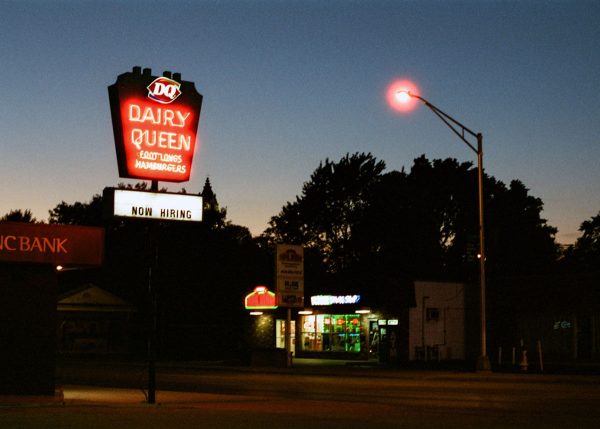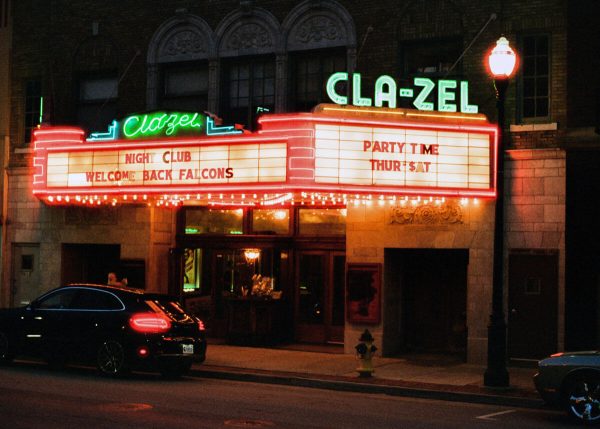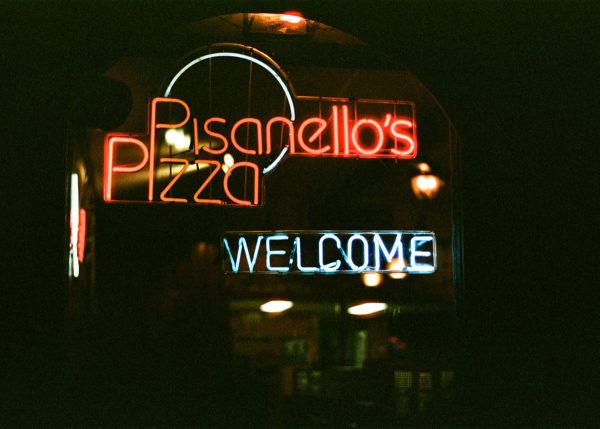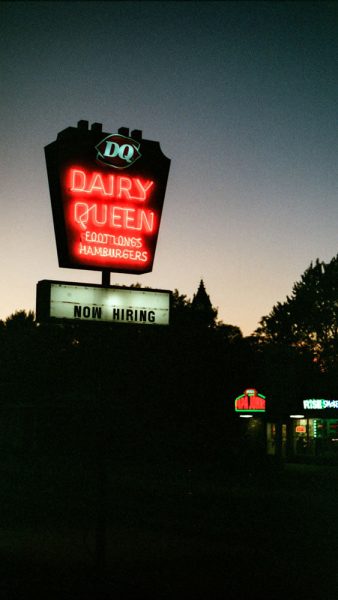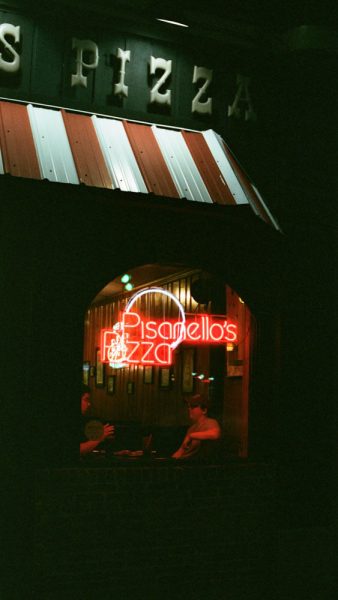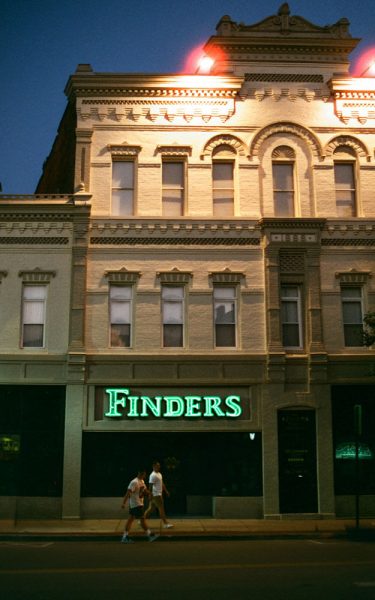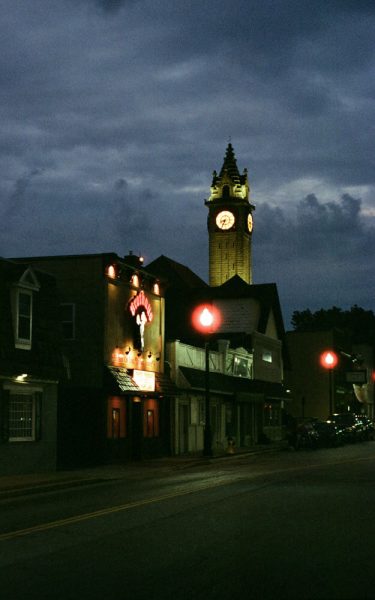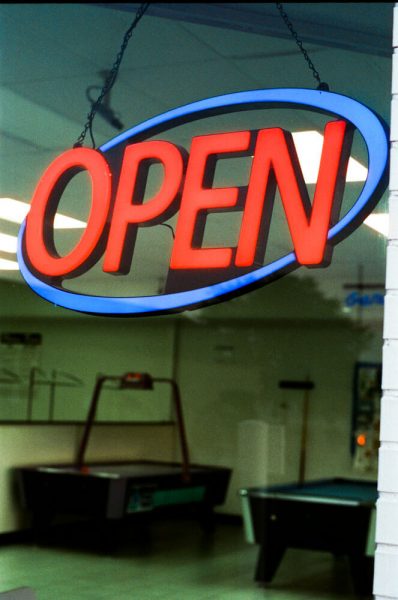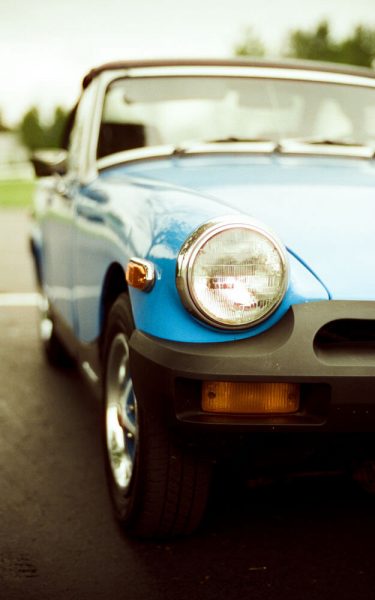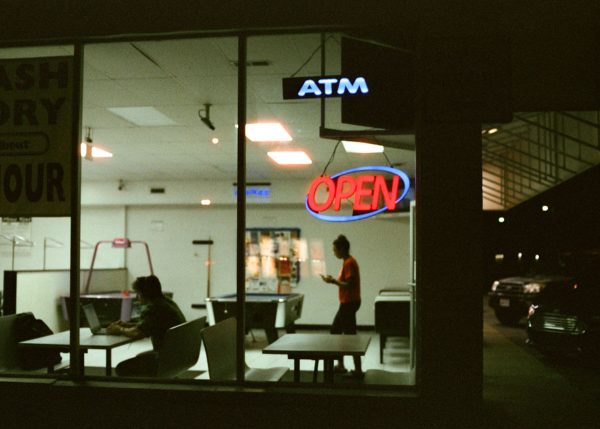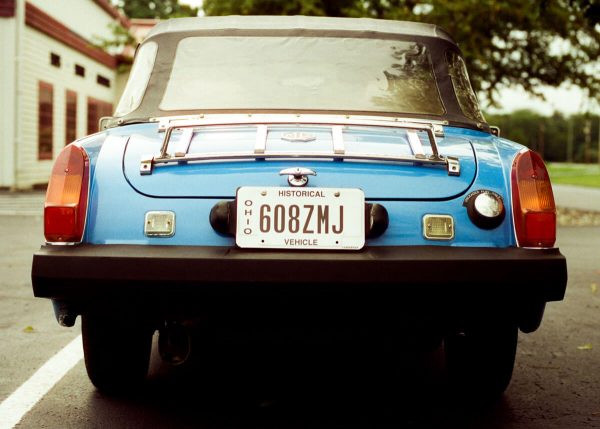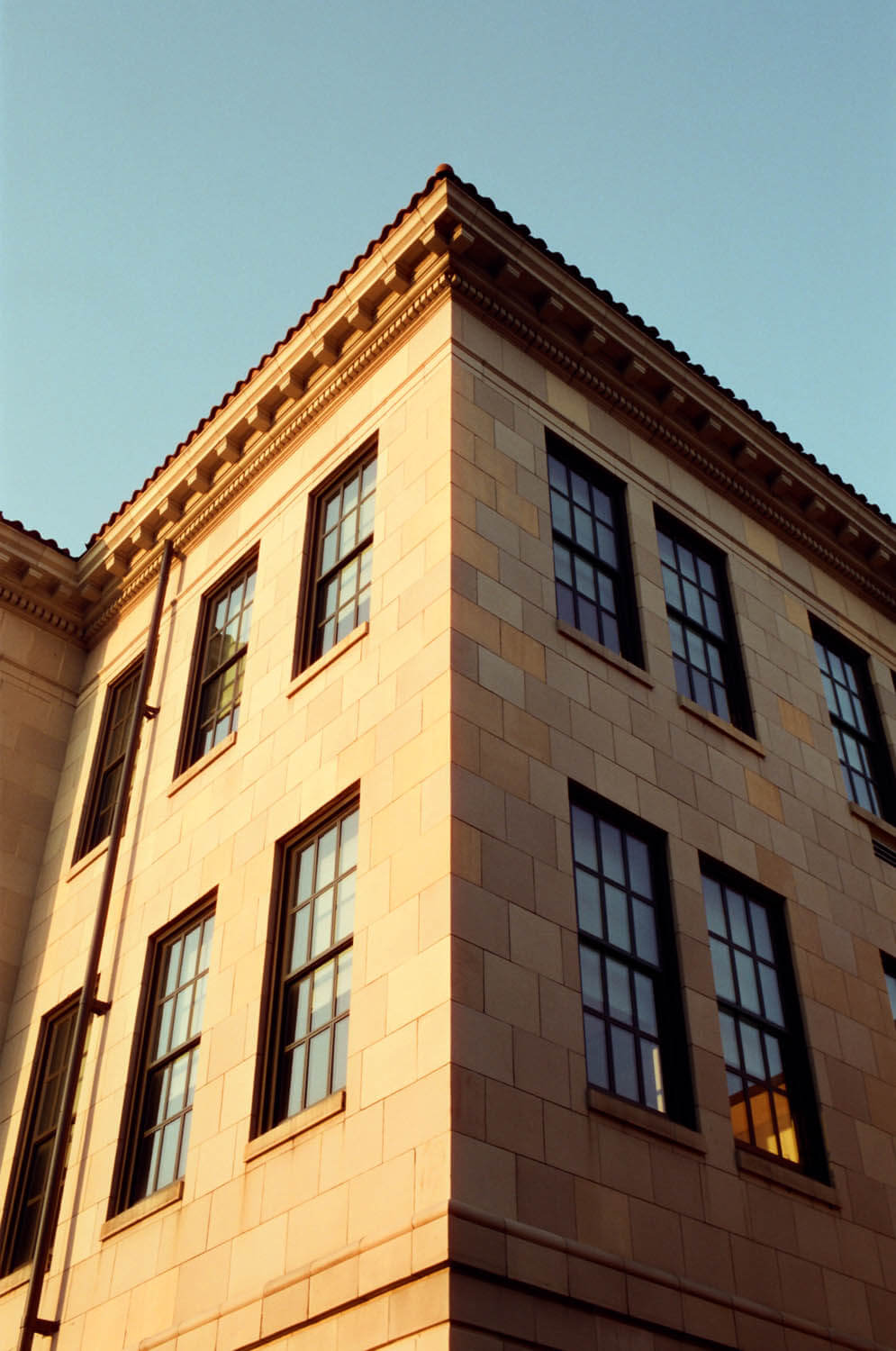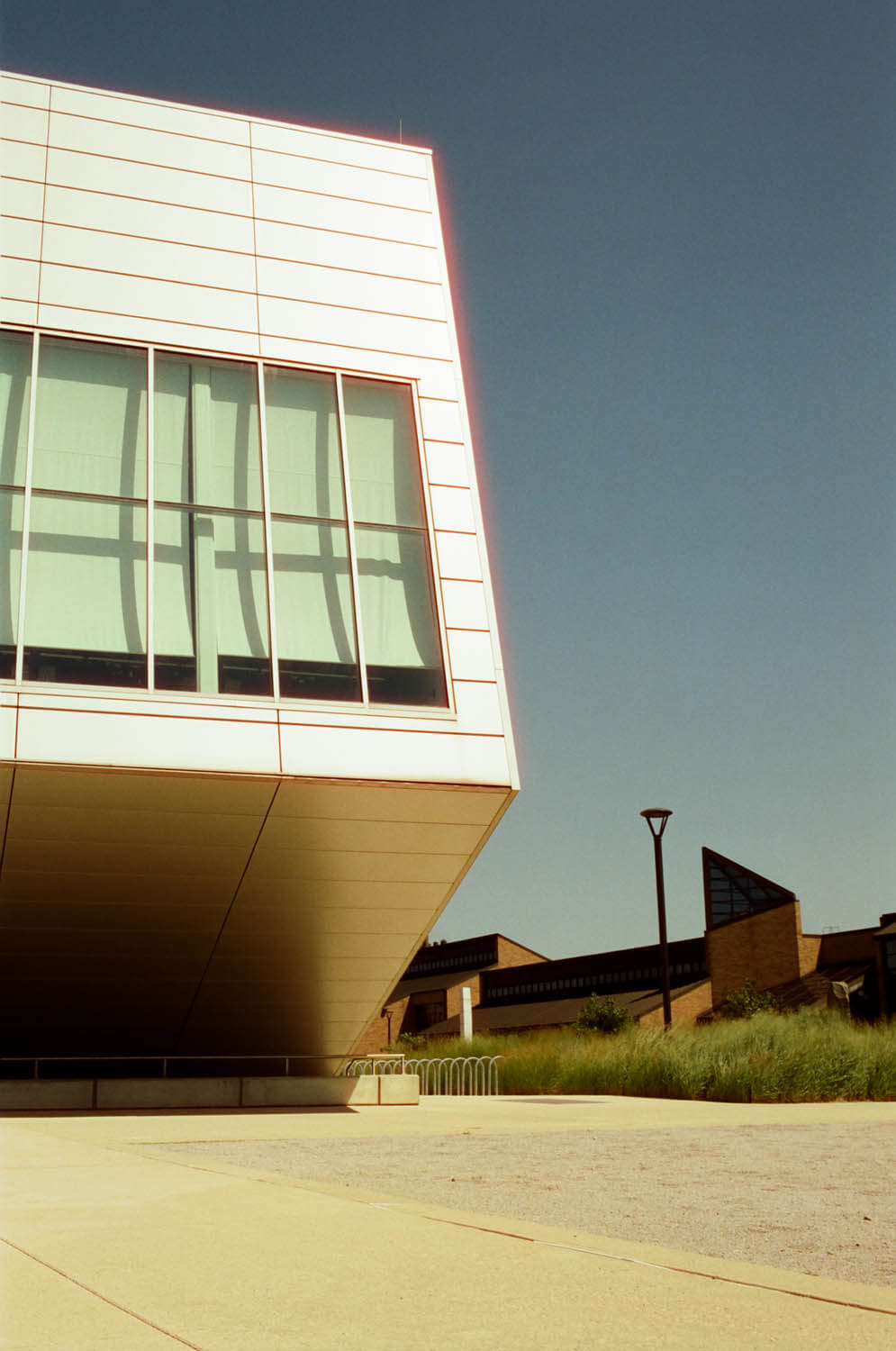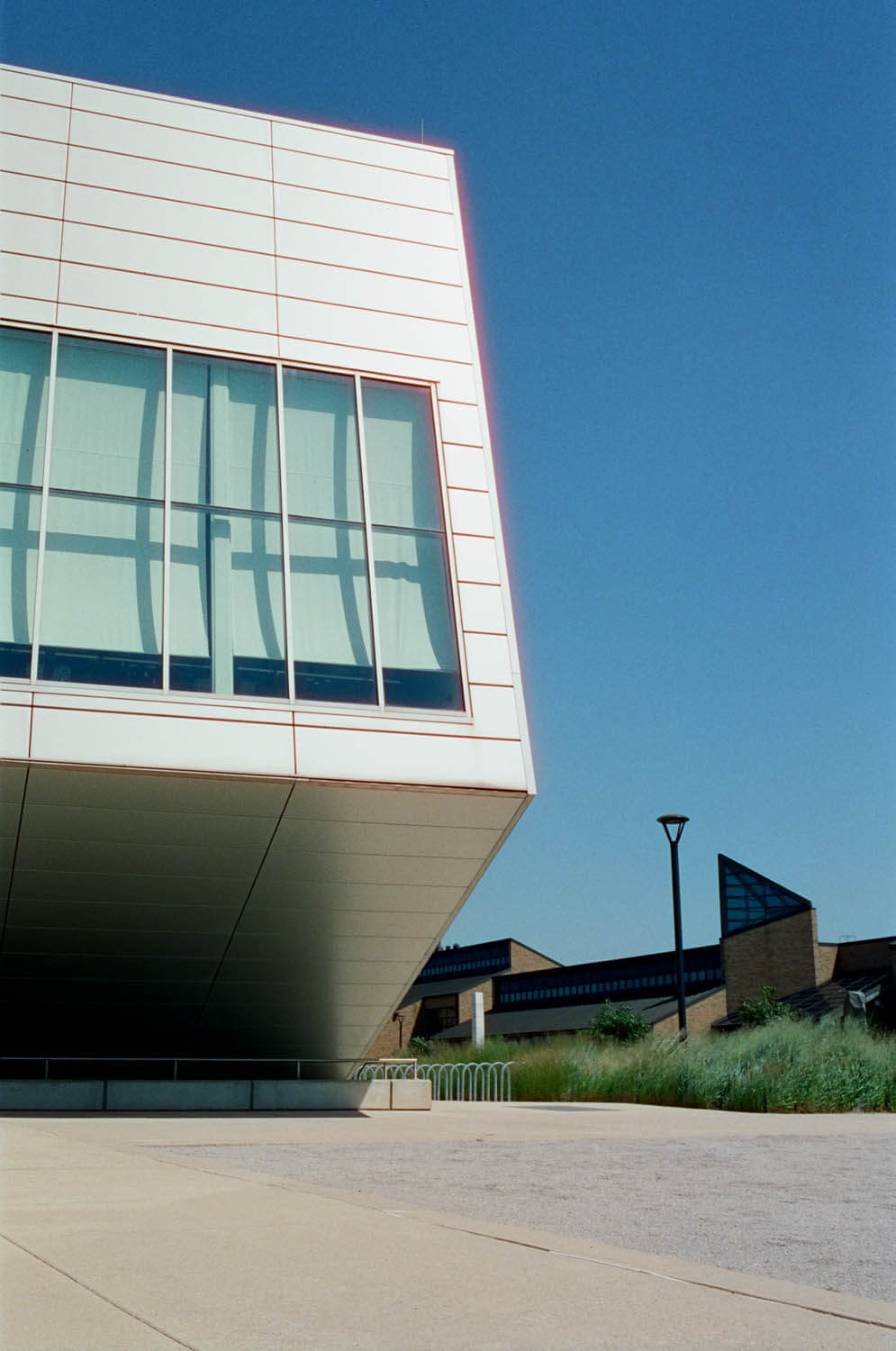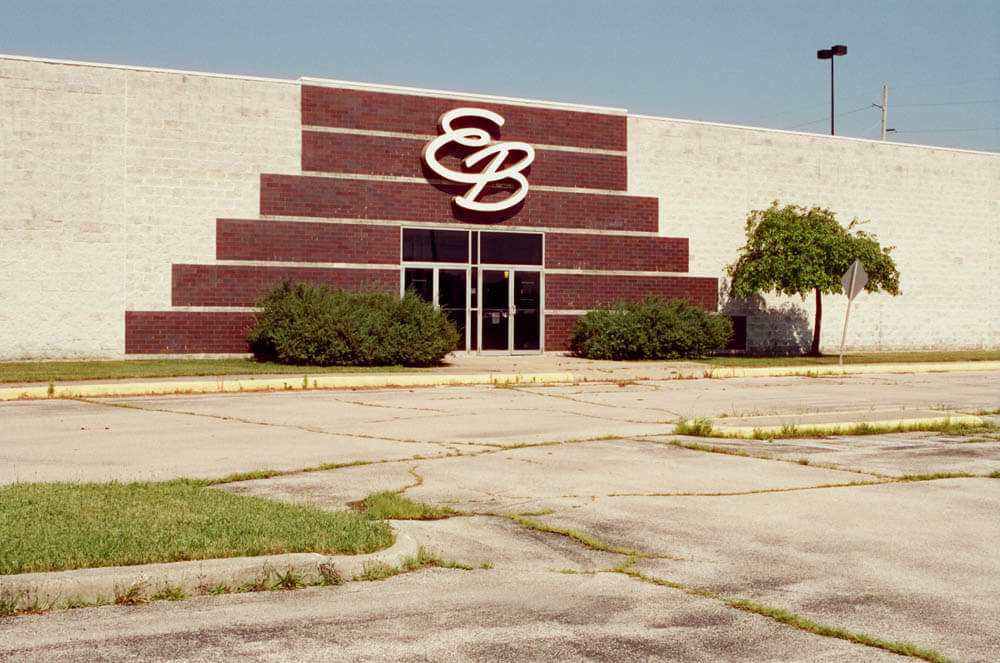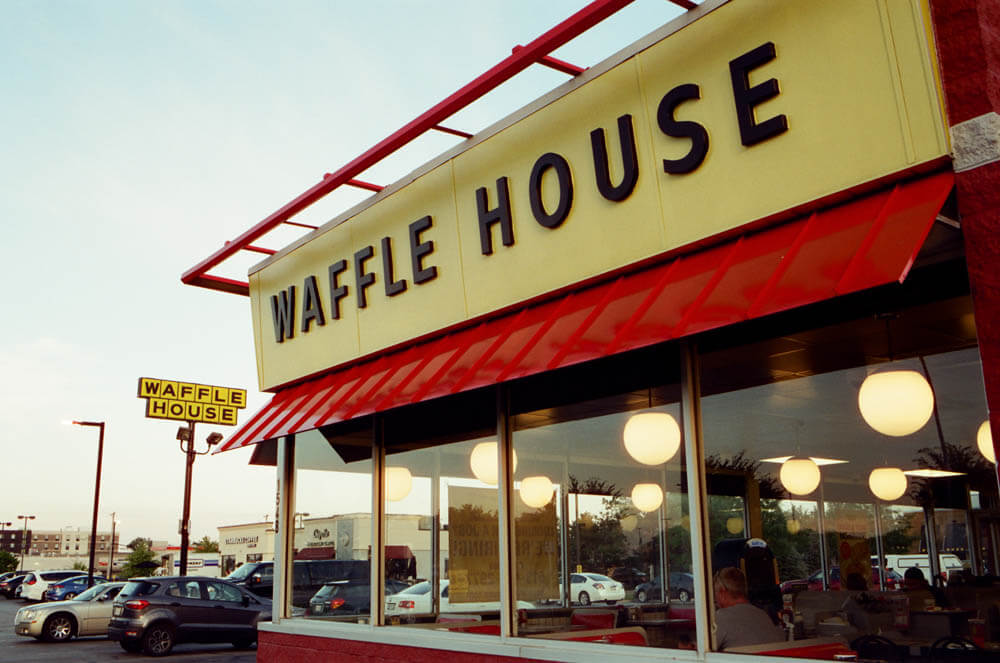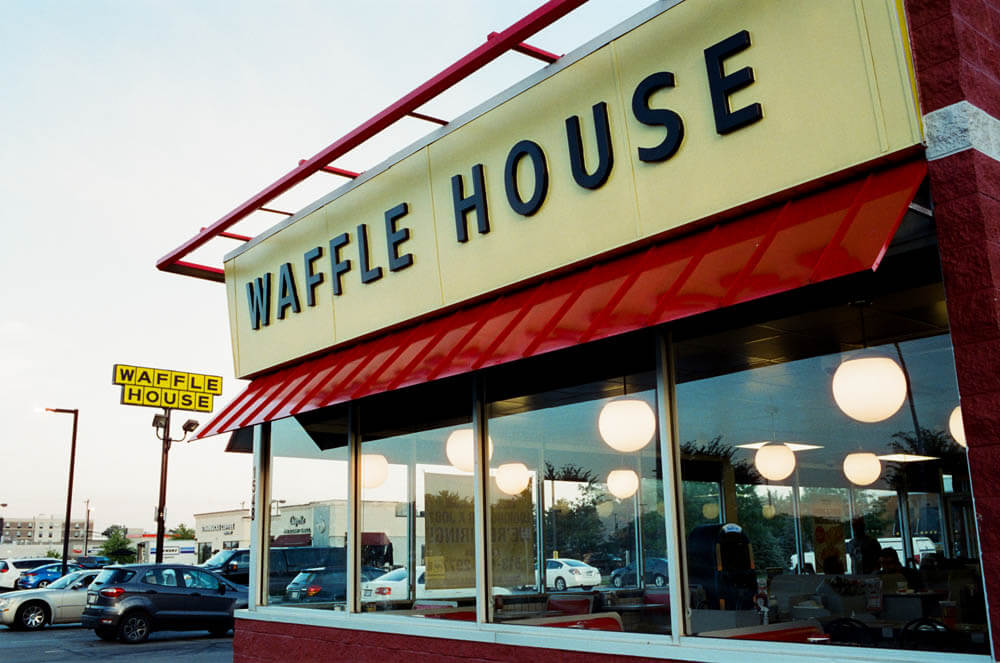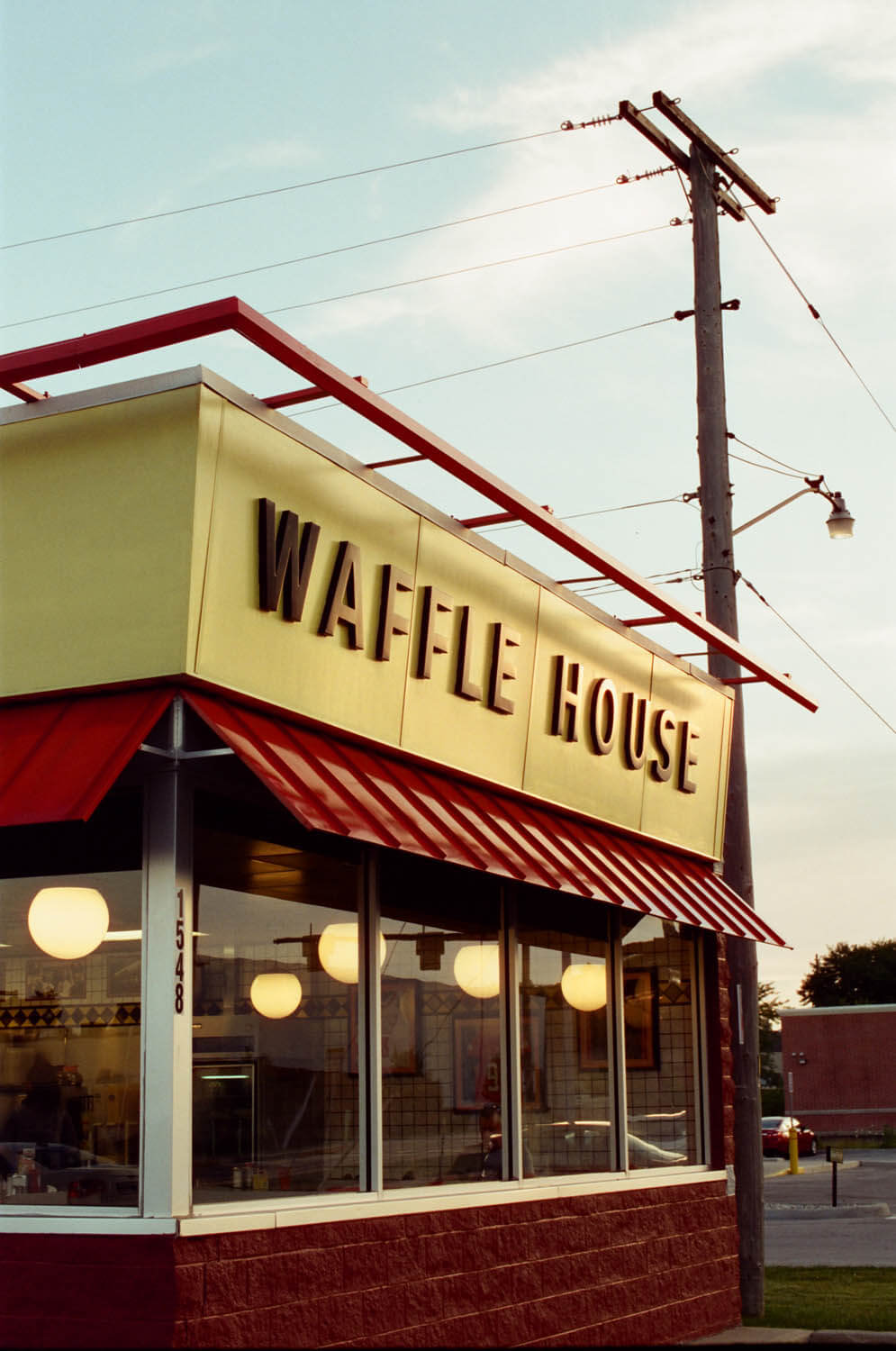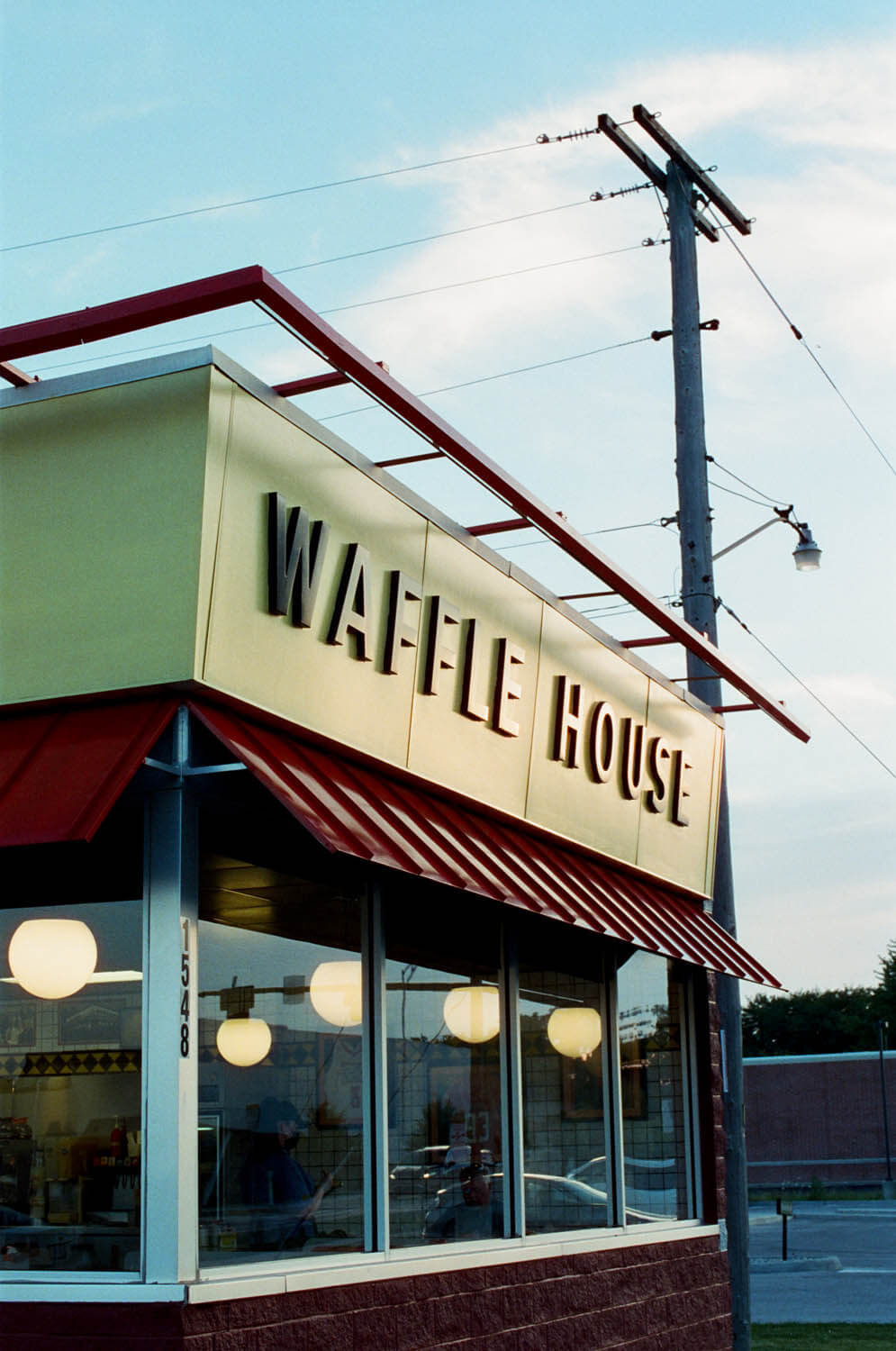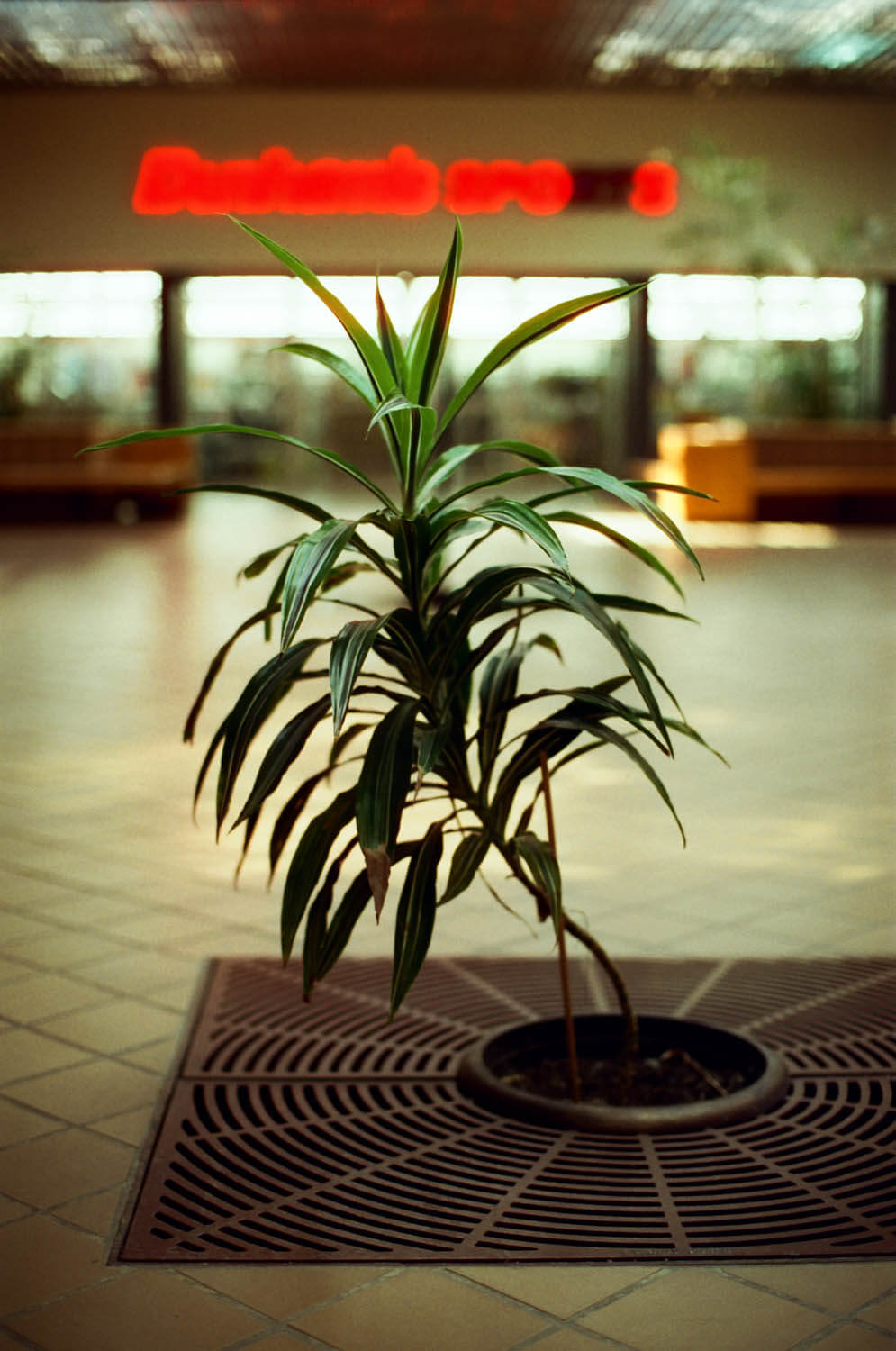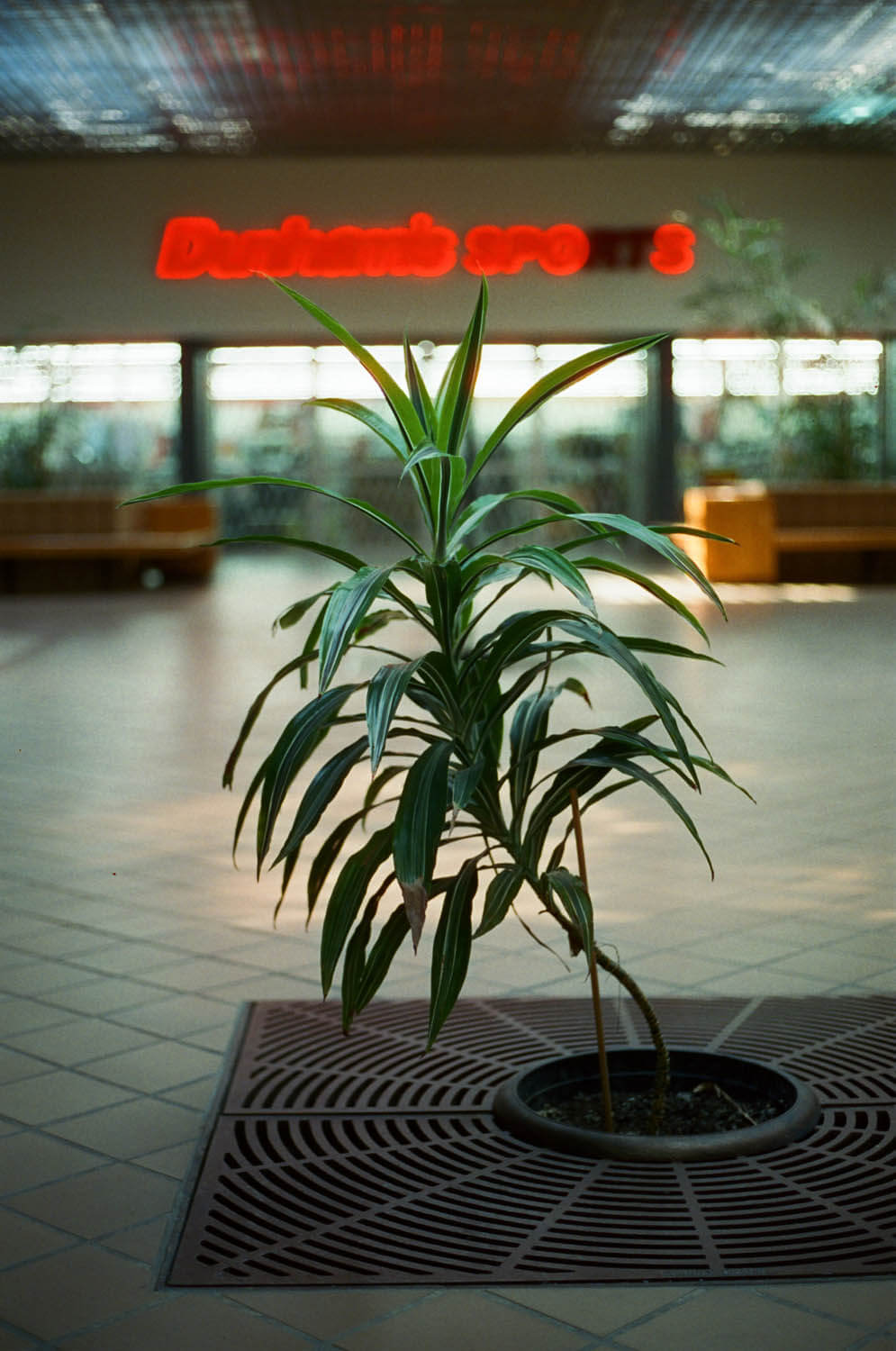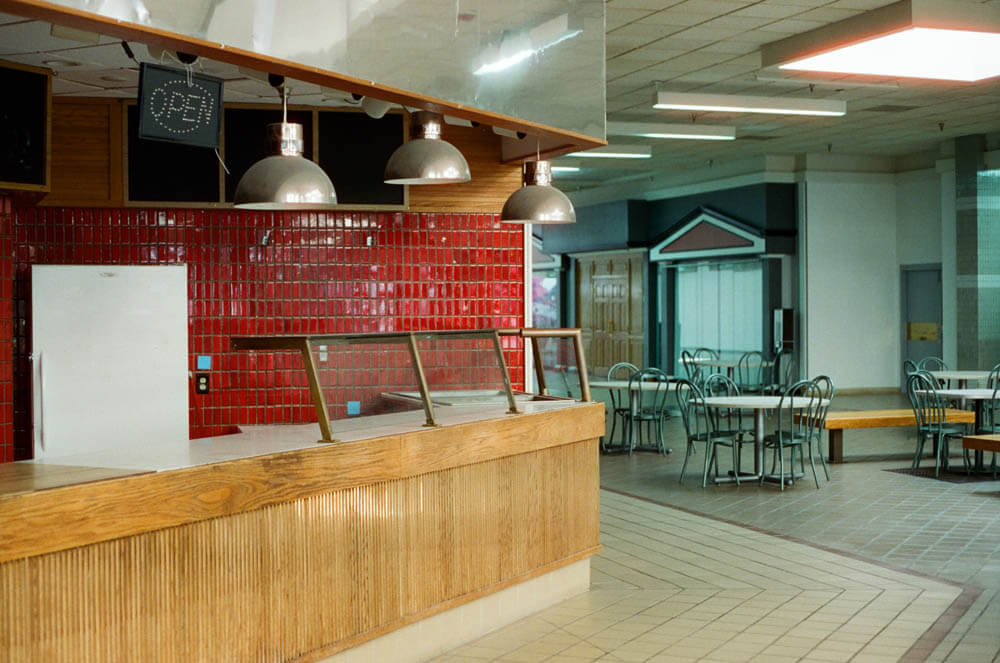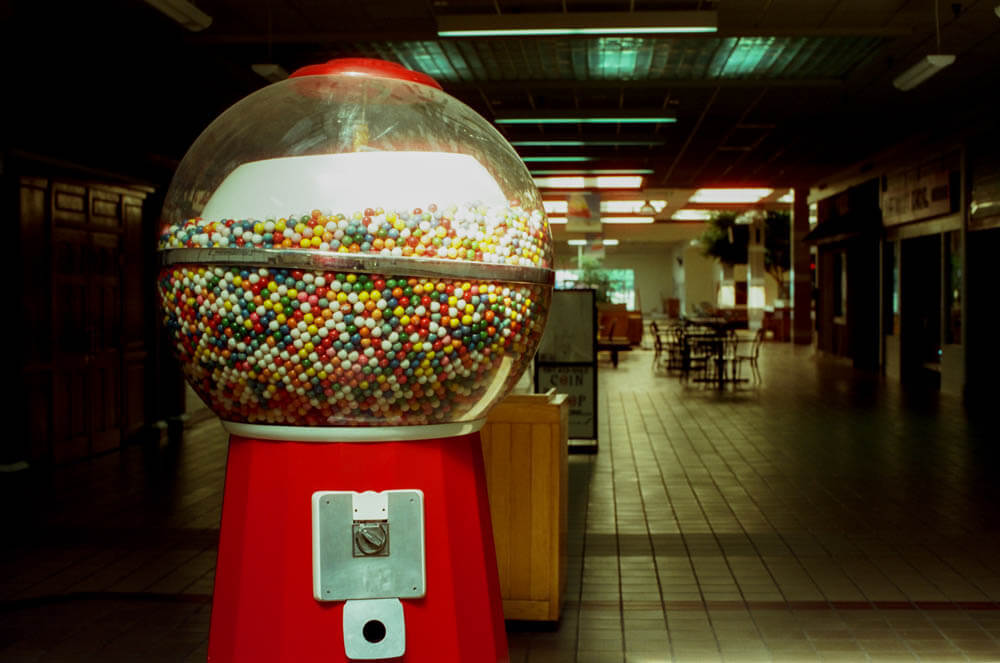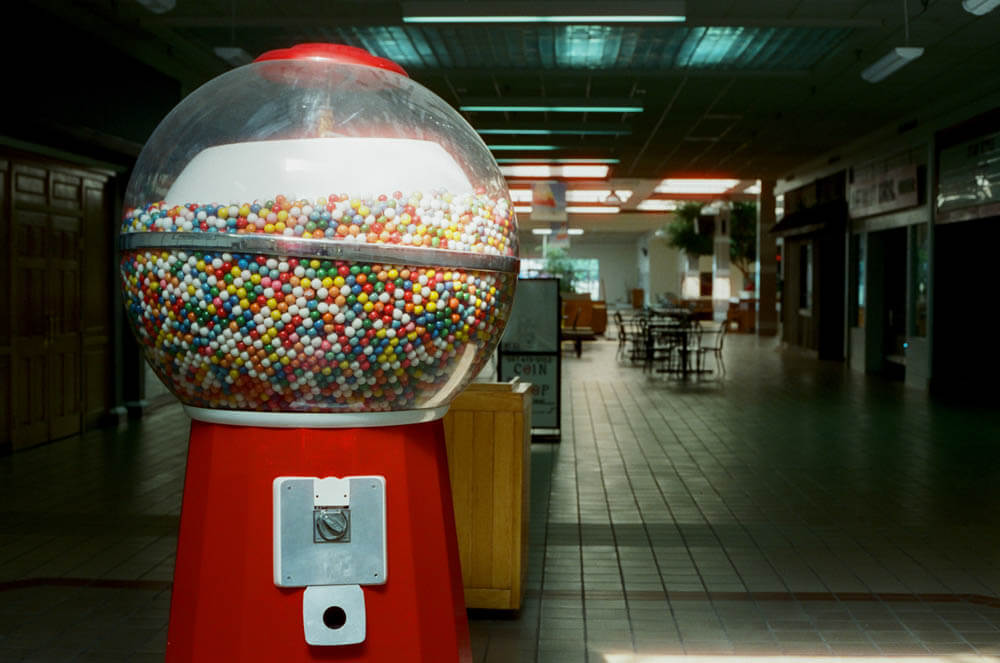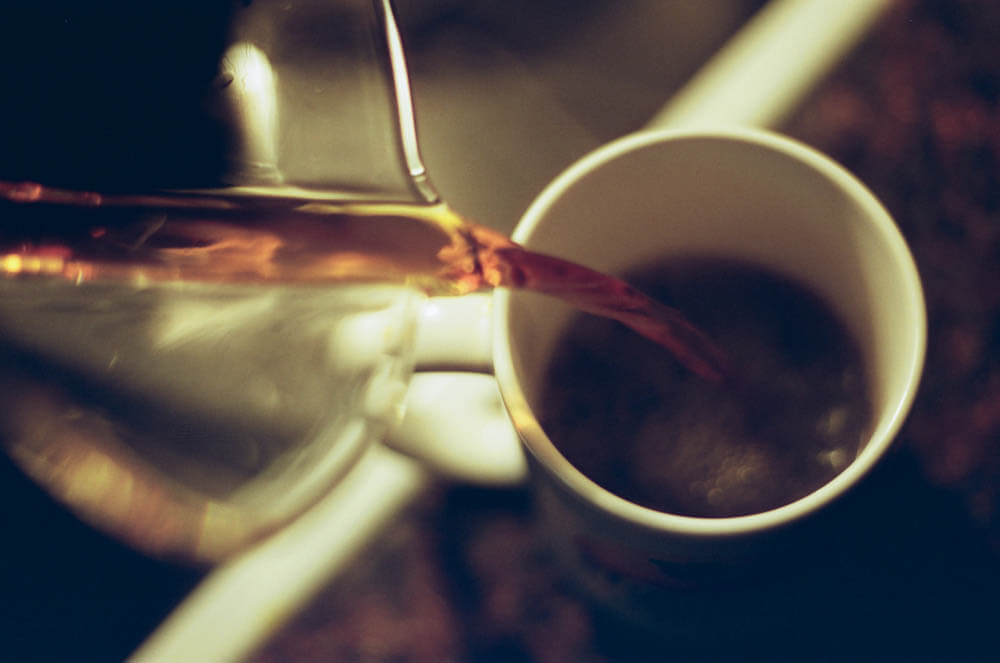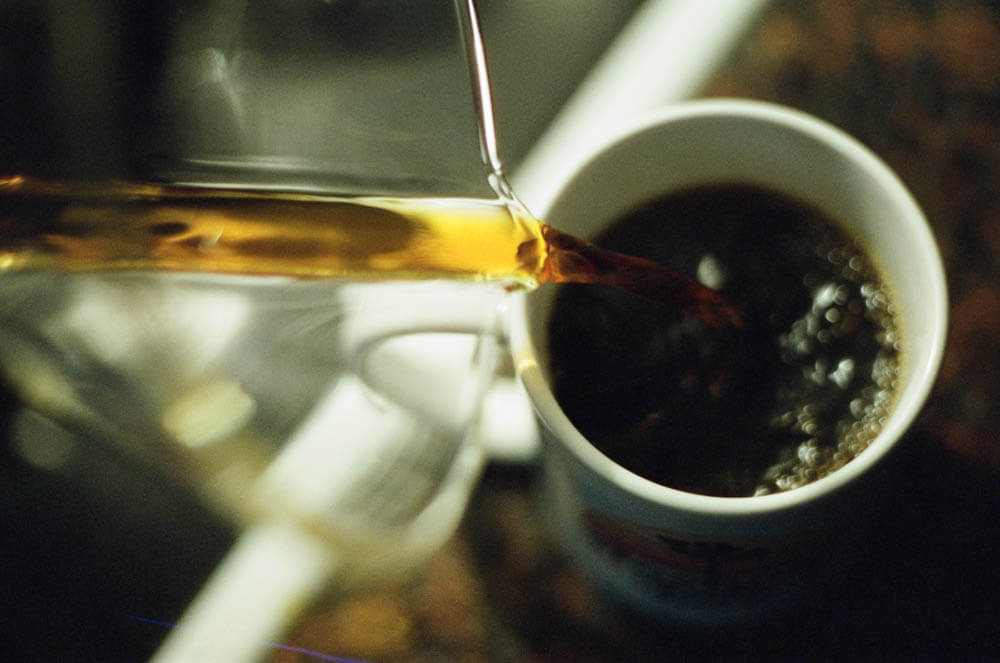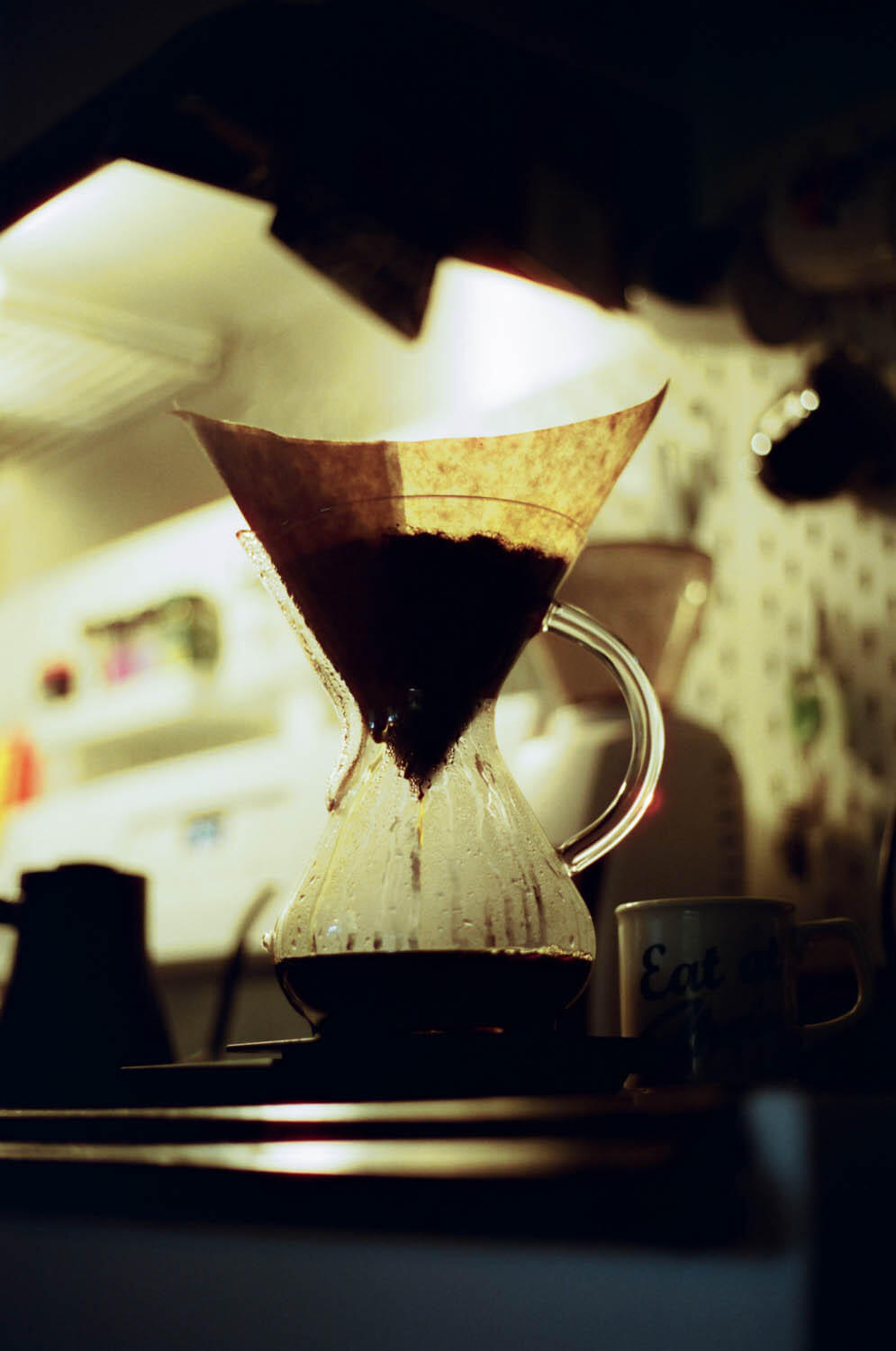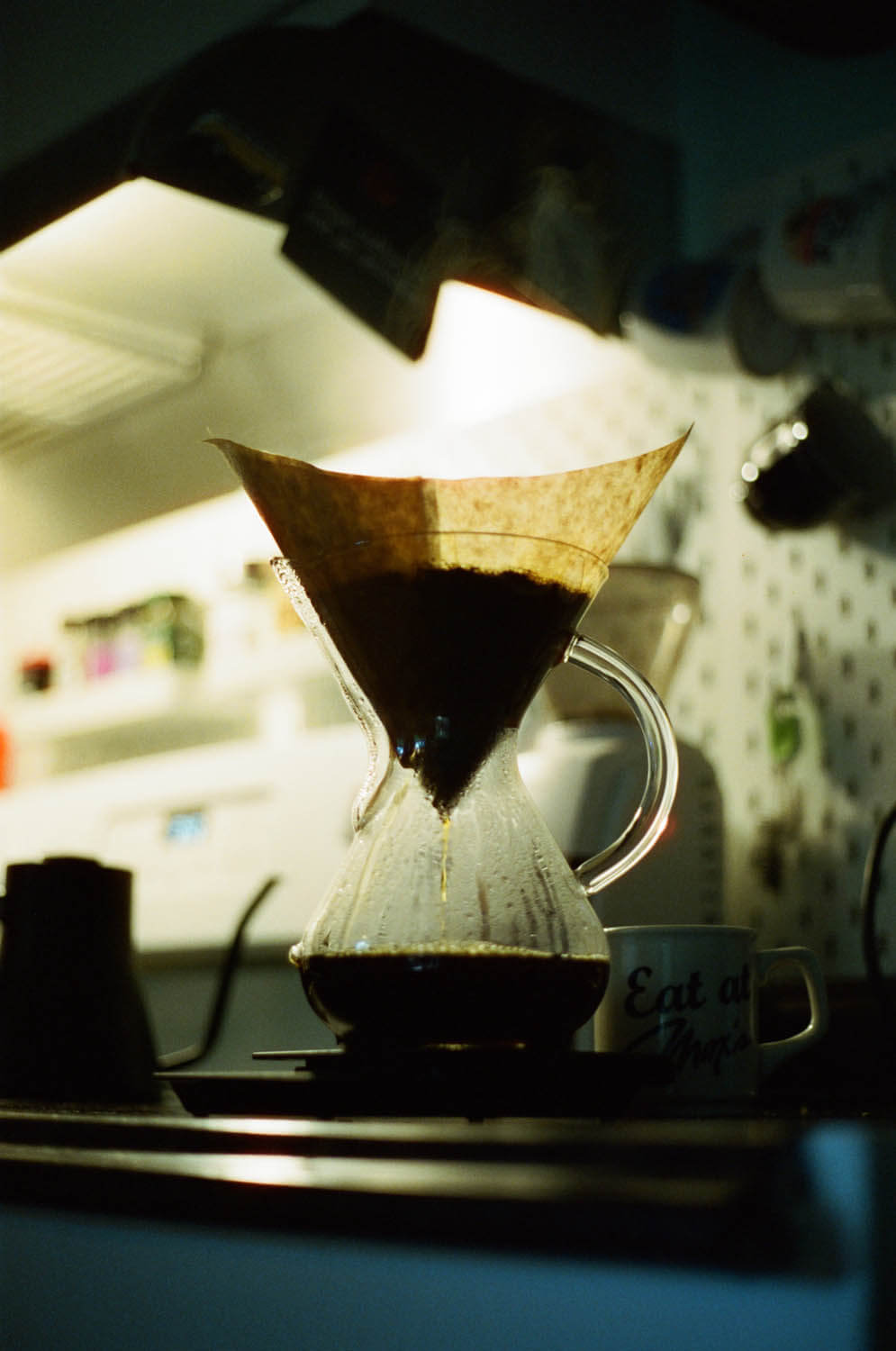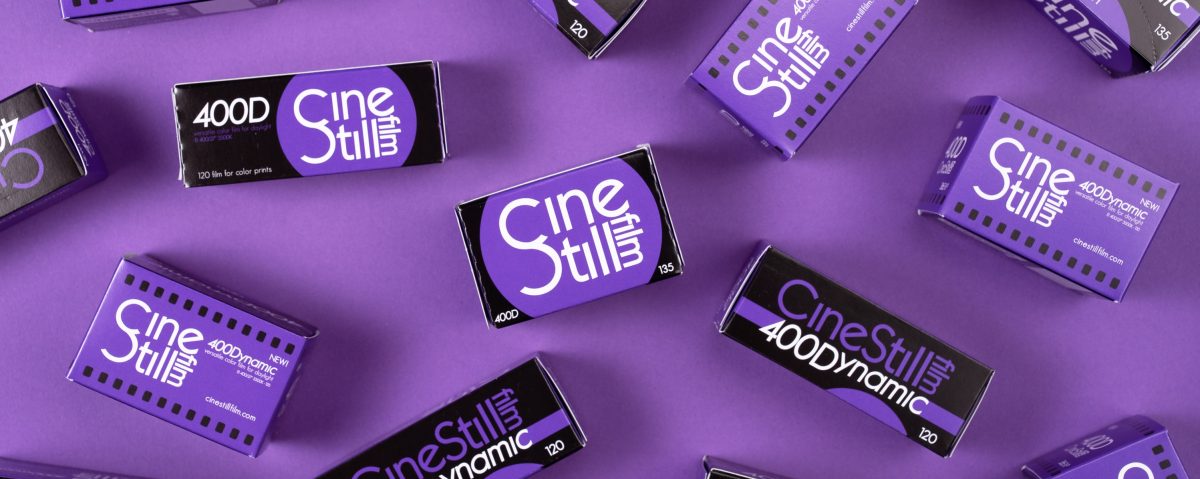
A New Color Negative Film
Cinestill’s new 400Dynamic film is now available after years of development with Cinestill’s manufacturing partners worldwide. Available in 35mm and 120, 400Dynamic is a completely new film–not repackaged motion picture film. Unlike Cinestill 50D & 800T, motion picture films with the remjet layer removed, 400D is a motion picture film that was produced without a remjet layer entirely, allowing it to be developed as C-41 color negative film.
More Versatile than 50D
With its higher iso of 400, the new 400D is daylight balanced like Cinestill 50D, but adds more versatility to the current Cinestill color lineup. Cinestill 400D has a very unique soft color palette with natural saturation and very warm tones. Like most color negative film, it has incredible exposure latitude, meaning that it does very well with overexposure. For this reason, we recommend erring on overexposure when shooting this film. When exposed well, it has very fine grain for 400 iso and, like 50D and 800T, it has noticeable halation, which occurs at in-focus, overexposed highlights. Learn more about halation.
Cinestill 400D in Low Light Settings
400Dynamic not only performs well in daylight but, due to its ability to be pushed 3 stops, it performs well in low light too. It can be shot at a whopping 3200iso, a 3 stop push, for easy handheld shooting in very low light. Keep in mind: pushing will increase contrast, reduce shadow detail, and make the grain more noticeable. Like most film, 400D performs best at box speed, so we only recommend pushing when necessary.
RECOMMENDED ACCEPTABLE EXPOSURE FOR PUSH PROCESSING:
- No push – EI 200-800
- 1 stop push – EI 400-1000
- 2 stop push – EI 800-1600
- 3 stop push – EI 1000-2000
Cinestill 400D vs. 800T
Though both a part of Cinestill’s color films family, 400D is daylight balanced and 800T is tungsten balanced, meaning they can produce very different results. 400D is much warmer, more saturated, and performs best in natural light. 800T is ideal for artificial light, performs well in low light, and produces very cool tones when shot in natural light. If you mainly shoot in natural light and prefer more neutral tones, we recommend 400D but if you often shoot in lower light with an artificial light source, you may want to go with 800T.
The side-by-side comparisons below were shot with the same cameras and lenses: Canon Elan 7 + 50mm f/1.2 & 40mm F/2.8. Both the 400D & 800T were shot at box speed and developed normally.
Conclusion
When it comes to film stocks, we’re always excited to see variety. The more options, the better! Cinestill 400D’s release marks another great addition to color negative film stocks across the board. We love that it’s a high-quality option like Portra 400, Ultramax 400, Lomo 400, and Superia X-TRA 400, but it’s unique enough to stand out and offer photographers something different.



 My Account
My Account

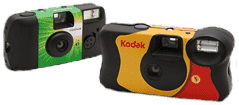
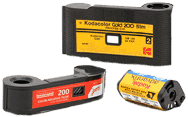
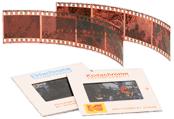
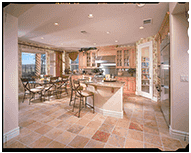



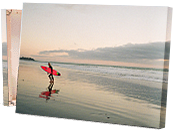

 Gift Cards
Gift Cards Film Index
Film Index FAQ
FAQ Desktop Framed Prints
Desktop Framed Prints
